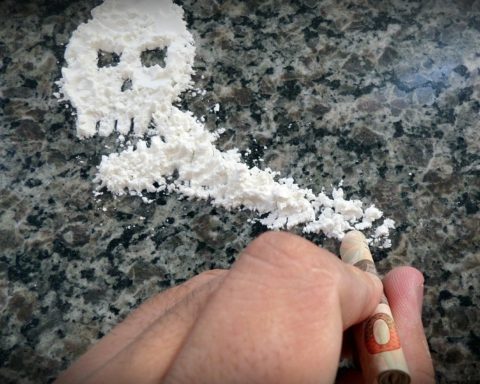What is a Bates Stamp?
A Bates Stamp is a piece of equipment that is used by courts and lawyers to stamp documents. We have adopted its use in our office for tagging papers and documents that are submitted – they assign a discreet or unique ID to each document.
Basically, a Bates stamp assigns a number (usually made up of 6 digits) to each document so you can use it to tag up to 999,999 documents or papers with unique identification numbers.
The Role of Bates Stamps in Our Transition from Analog to Digital
We’ve been using a Bates stamps for years, probably close to five years. When we first made the transition from analog into digital, we used it to identify documents that have already been scanned.
Normally, we get piles of paper in the accounting office, and what became clear at the beginning of our transition into digital was that identifying already scanned documents and those that have not yet been scanned was difficult and time-consuming. We usually had to consult the digital archive to verify if a piece of paper had already been scanned – or not. Already been scanned went to the file, not scanned went to the scanner basket.
But that ended (double checking documents in the archive) when we started using Bates Stamps since it allowed us to easily track scanned documents and look up the hard copies without hassle.
A few years earlier, I was at a courthouse getting a marriage certificate. When they created the marriage certificate, there were three duplicates of everything. The clerk stamped each piece of paper using a Bates stamp, then one copy went to us (the married couple), one went to the court, and one went God knows where.
In the process of creating those certificates, the court clerk stamped them with a Bates stamp designed to imprint a unique number on each one. Each time that a Bates stamp stamps a piece of paper, it increments the number by one. In other words, if the number is 110 and you stamp it, it goes to 111, if you stamp it again, it goes to 112.
A simple Bates stamp with six (6) numbers will give you the ability to stamp a unique ID to every piece of paper that comes into your office before or after it’s been scanned. We stamp the paper as it’s going into the scanner so that the identification number goes into the digital archive and on the face of the document. That way, we have the unique ID from the stamp on the digital and hard copies.
We then arrange the scanned papers chronologically in a box. If the ID of the first document in the box is 1, for example, then the last document in that box will be 500 assuming that box can hold 500 pieces of paper.
We don’t use file folders; we just store all of our original documents in a banker’s box because some of our clients want them. If clients don’t want them, we throw the documents away or we keep them for six months and then throw them away.
But when clients want these documents, they get a box filled with paper where each document has a unique identification number from the Bates stamp. The number is both on paper and on the screen so if they browse the digital archive, locate a document, and wish to see the hard copy (physical copy) of that document, they can use the ID number created on the document by the Bates stamp to locate the physical copy in a box.
Why would I need hard copies when I can have digital copies?
There are many reasons you may need to see the hard copy of a document and the ID number from a Bates stamp makes the process easier and faster. For example, you could be doing an audit and find a document hasn’t been clearly scanned, or a part of the document might have been folded during the scan, or only the front of a two sided document was scanned and some data is missing, or some pages were left out. In such cases, you may need to refer to the hard copies.
Bates Stamp Saves Time, Money, and Effort
By assigning IDs to documents using Bates stamps, and then creating digital copies of those documents, you can easily find the document even when you don’t create file folders, which is honestly the hope of the future.
The last thing I want to do is pay someone $800 – $1,000 a week, sitting in a chair, creating file labels, putting them on a folder, shoving them into a filing cabinet, and then sticking that piece of paper in that folder in the right place. That’s just a waste of time and money when I can just stamp a piece of paper, scan it, put it into a digital archive, and assign some metadata to that document so I can do a search on the document later and actually physically see it.
When the document is being scanned, we can also do an OCR scan on it so that the details of that document has an optical character recognition layer. That way, we can search on the OCR layer as well.
So, there’s no reason you can’t avoid file folders and filing cabinets in the 21st Century when we can store documents digitally and search for a random string or a random set of words that you want to find within a digital store.
Summary
The Bates stamp allows us to tie what’s been put into the digital archive to the physical paper and a box that paper is stored inside. We also use it to identify what paper in the office has already been scanned into the digital archive to avoid scanning things twice or spending time checking to make sure a document has been scanned.
That’s essentially how we use the Bates stamp. It has been a huge help to us and it virtually eliminated our need for filing. We don’t file anymore.
Instead, we simply get a document, Bates-stamp it right as it’s going into the scanner. Once it goes into the scanner, it then gets uploaded into whatever software we’re using. We use the F3 software from Full Force Financial. It is designed for production accountants in film, television, and commercial production. It is a very similar, if not the same, as the process that we have used in film production in my career for over 30 years.








